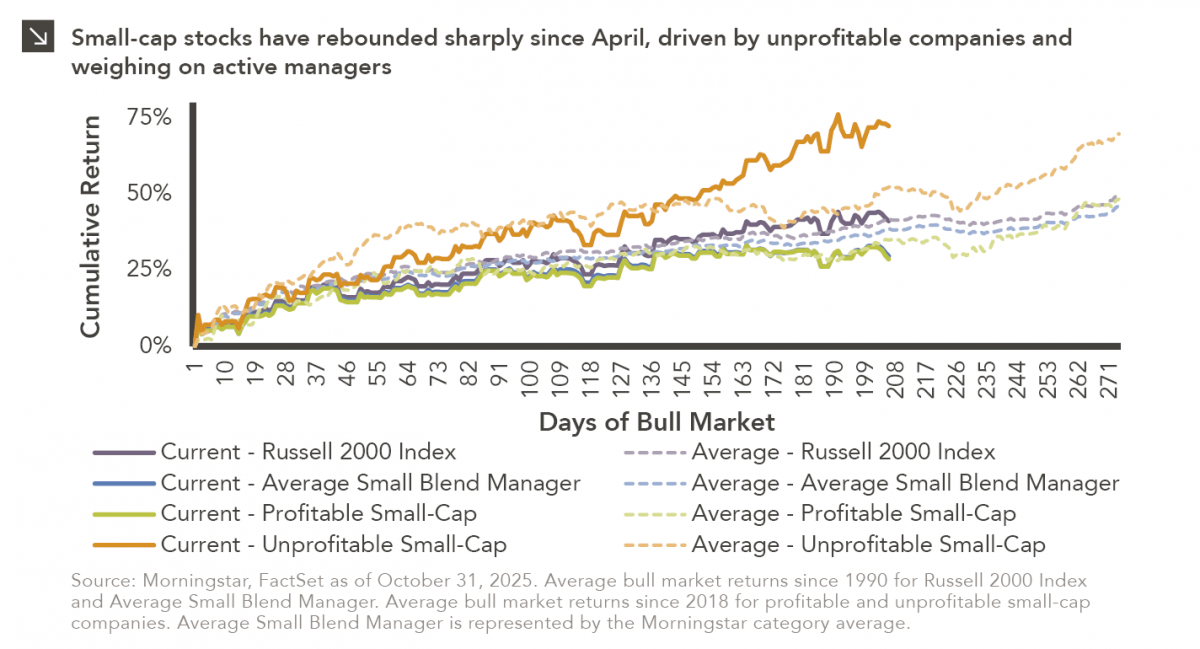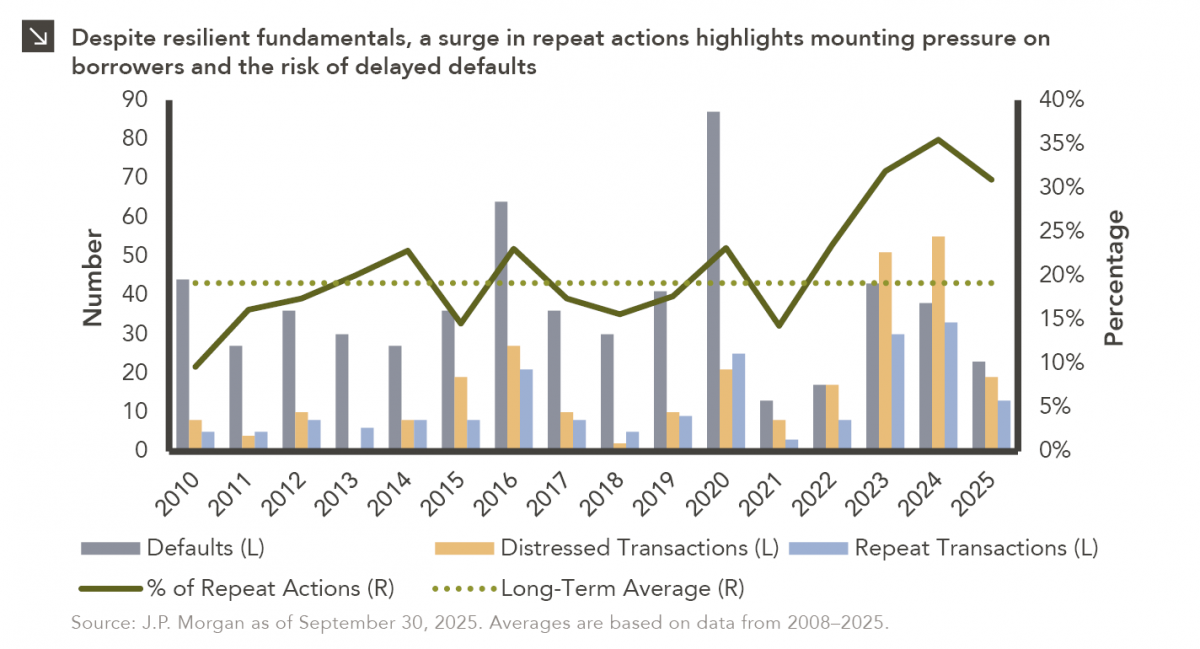Mike Spychalski, CAIA
Vice President


The Institute for Supply Management (ISM) Manufacturing Index (also referred to as the ISM Purchasing Managers’ Index, or PMI) is the most commonly used leading indicator of economic activity within the United States manufacturing sector. It is a monthly index based on a survey of more than 300 manufacturing firms across the country. The ISM Manufacturing Index is composed of five equally weighted subcomponents: new orders, production, employment, supplier deliveries, and inventories. The index is an important leading indicator insomuch as it serves as a snapshot of the overall trend in manufacturing. Readings above 50 indicate that manufacturing is generally expanding, while readings below 50 indicate that manufacturing is generally declining.
In the September ISM report, the Manufacturing Index posted a reading of 51.6 (up from 50.6 in August). This was the 26th consecutive month the index posted a reading above 50, indicating that manufacturing in the U.S. has been expanding for more than two years. However, a deeper look at some of its subcomponents (specifically new orders and inventories) paints a different picture.
Generally speaking, the new orders component serves as an indicator of future demand, while the inventories component serves as an indicator of current supply. Comparing new orders to inventories helps to illustrate the supply/demand dynamic within the manufacturing sector, which in turn can help provide insight into future economic activity. When demand (i.e. new orders) is greater than supply (i.e. inventories), it’s a sign of future economic growth. When demand is less than supply, it’s a sign of future economic weakness.
In the September ISM report, the difference between the new orders component and the inventories component (New Orders Minus Inventories Index in the chart above) posted a reading of -2.4. This was the fourth consecutive month when the difference between new orders and inventories has been negative (a negative value in this index indicates that inventories are greater than new orders). As the chart indicates, since 1970, any time there has been a negative reading in the New Orders Minus Inventories Index for at least three consecutive months, the economy was either about to enter a recession or was in the midst of a recession. Although the current string of negative readings may be a temporary phenomenon caused in part by supply chain disruptions due to the earthquake in Japan, it is certainly not a sign of a strengthening economy.
The opinions expressed herein are those of Marquette Associates, Inc. (“Marquette”), and are subject to change without notice. This material is not financial advice or an offer to purchase or sell any product. Marquette reserves the right to modify its current investment strategies and techniques based on changing market dynamics or client needs.

11.10.2025
Over the weekend, the Senate overcame a key procedural obstacle in its attempt to end the record-breaking government shutdown, as…

11.03.2025
Small-cap equities are in a prolonged period of underperformance relative to large-cap stocks, but this trend has shown early signs…

10.27.2025
To paraphrase a quote from former President George W. Bush: “Fool me once, shame on… shame on you. Fool me…

10.22.2025
This video is a recording of a live webinar held October 22 by Marquette’s research team analyzing the third quarter…
10.22.2025
I spent the past weekend at my alma mater to watch them play their biggest rival. Football weekends there are…

10.20.2025
This week’s chart compares institutional and retail investor sentiment using two established indicators. Institutional sentiment is represented by the National…
Research alerts keep you updated on our latest research publications. Simply enter your contact information, choose the research alerts you would like to receive and click Subscribe. Alerts will be sent as research is published.
We respect your privacy. We will never share or sell your information.
If you have questions or need further information, please contact us directly and we will respond to your inquiry within 24 hours.
Contact Us >